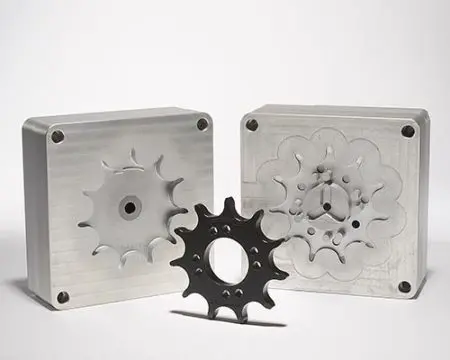
Recent news heavily features the advent of 3D printing technology as a solution for many prototype injection molding applications. Real world plastic injection molding can still be the best alternative for most prototyping scenarios in many cases. You should be aware of each prototyping method’s strong points to understand which is best suited for your application.
In a supporting role, 3D printing is sometimes useful to correct early design flaws and help visualize a finished product. But one clear benefit of using prototype injection molding is gaining manufacturing experience and knowledge that can be applied when starting to prepare for production . Testing the chosen production material along with the injection mold design offers the manufacturer a preview of any potential problems that may arise in future production.
Any mold within this category is available at considerably less cost than traditional injection mold tooling. This cost assumption is considered true most of the time. But, any mold that is manufactured by “rapid prototyping” should be assumed as made by 3D printing and 3D printed molds have a very narrow set of advantages. With their relatively quick manufacturing time, they offer a cost-effective way to test a basic design but should only be used for extremely low quantity molding. In most cases, a prototype injection mold made from aluminum is a much better choice for near the same cost.
Beware of “production injection molds”. Engineers and buyers within the injection molding industry blindly specify that production injection molds should be made from steel. The first assumption of most any injection molding company is that production injection molds are made from steel. As mentioned above, the proper reference between a prototype injection mold and a production injection mold should not be the metal that it is made from. A production injection mold should be designed and constructed to accomplish the fastest cycle times, the highest quality parts, and the longest tooling life possible no matter the metal that it is made with!
The design features of a prototype injection mold should try to represent the basic design intent of a future production mold within a budget. Using the intended gate location and type, ejection locations and other important tooling features can help designers and engineers discover any manufacturing challenges. Be cautious of prototype injection molds that are constructed using 3D printer technologies. 3D printed prototype molds are not representative of true production injection molding conditions.
The prototype injection mold should:
MSI Mold’s team of experienced tooling engineers and injection molding technicians can guide you for your specific custom plastic part prototyping needs. We can:
Through our plastic prototyping services we can offer you the same options that exist for long term production projects:
Rapid prototype injection molding is a preferred method that not only helps engineers and designers confirm part quality, but also delivers real-world parts that can be market-tested before designs are considered finalized. In addition to design verification and structural validation, you can use rapid prototype injection molding to help finalize tooling designs for your long term production runs. Rapid injection molding greatly benefits buyers of products with strict appearance requirements and functionality early in product launch phases. Before you spend extra on production tooling, contact MSI Mold for a quote rapid prototype injection molding. Other benefits of making prototype plastic parts before full scale manufacturing begins include: